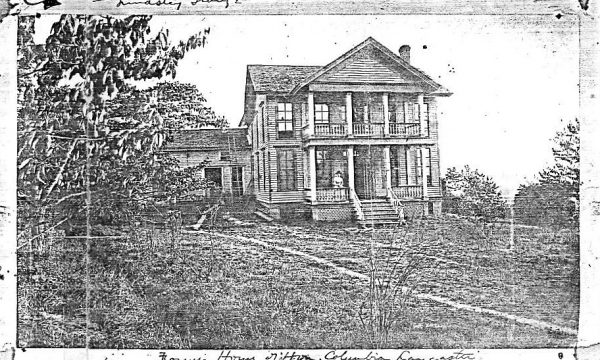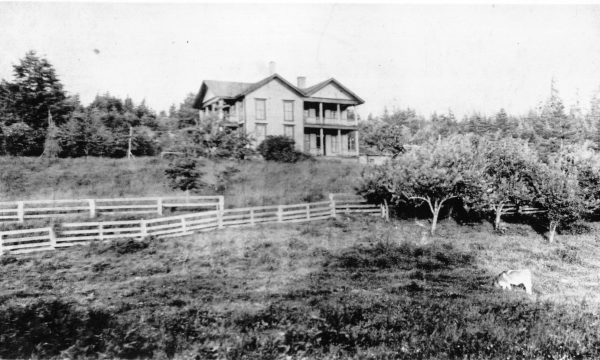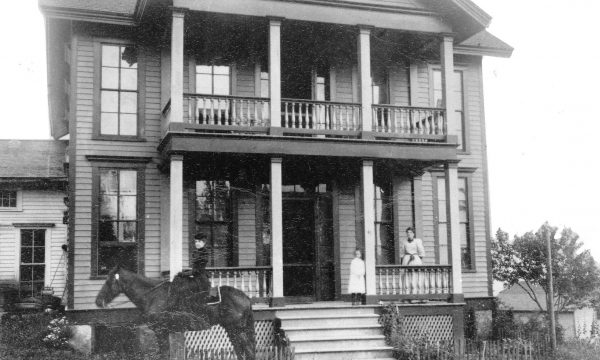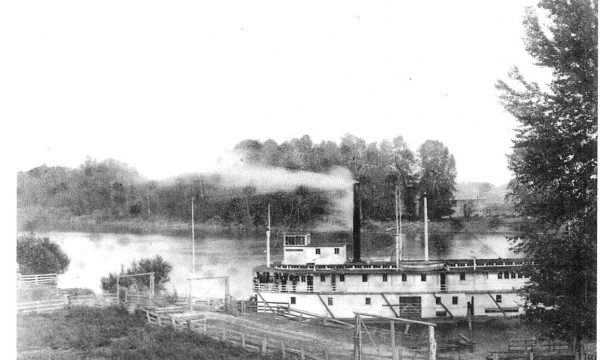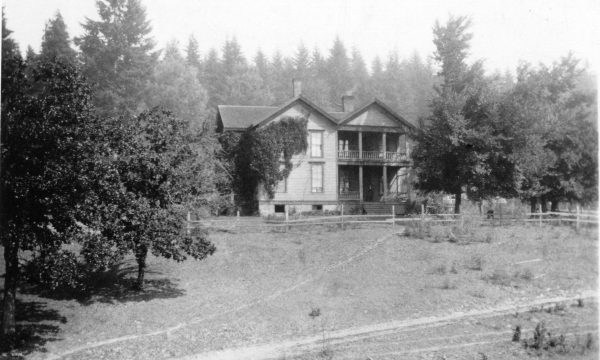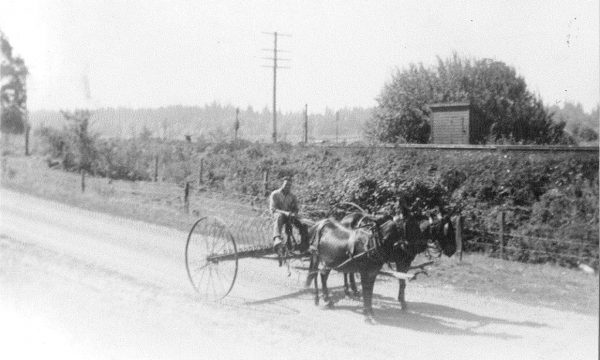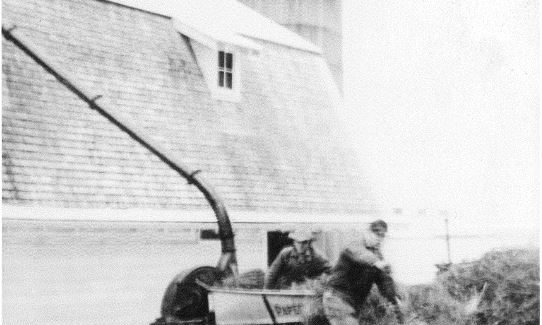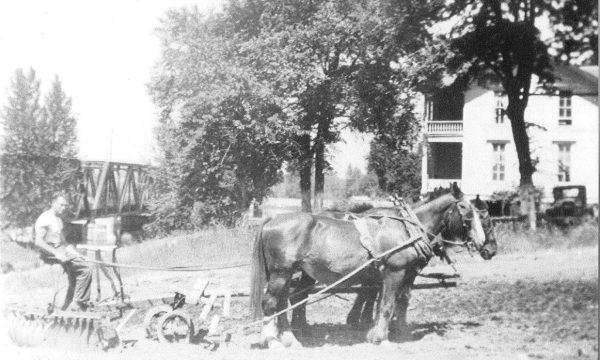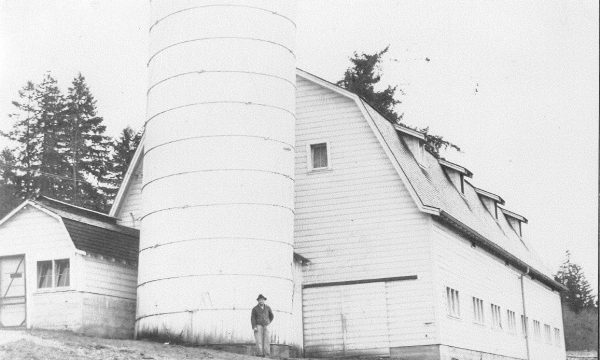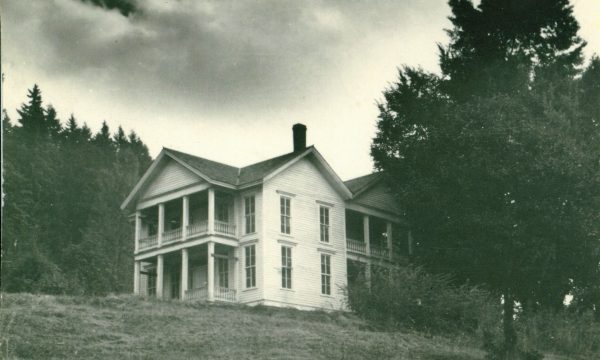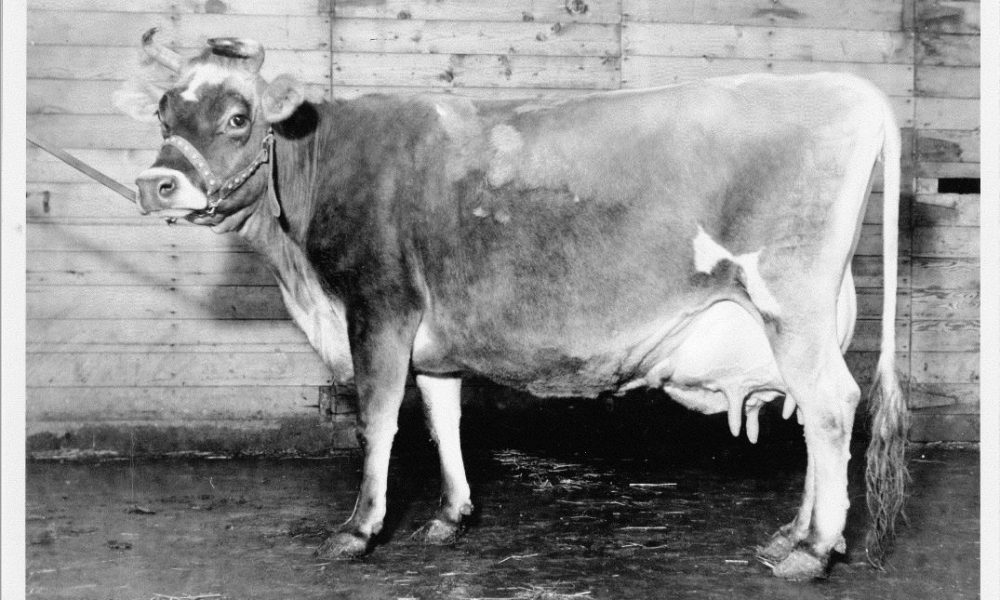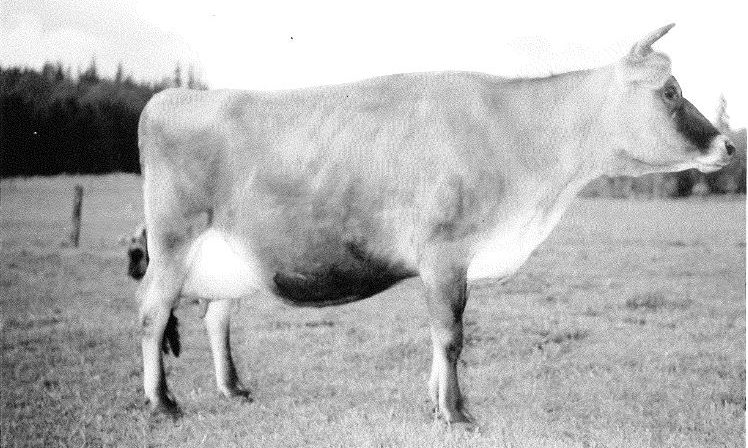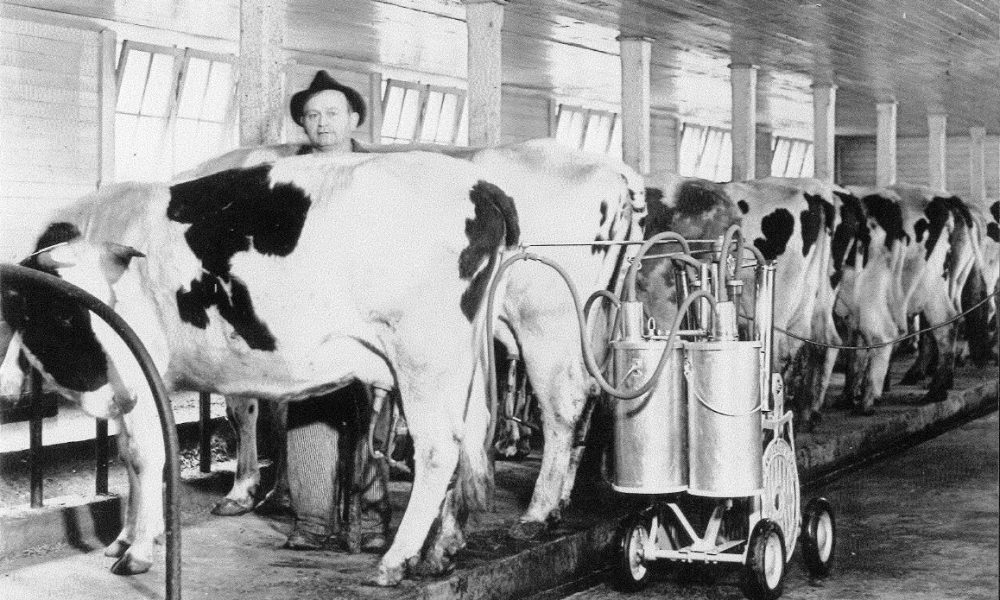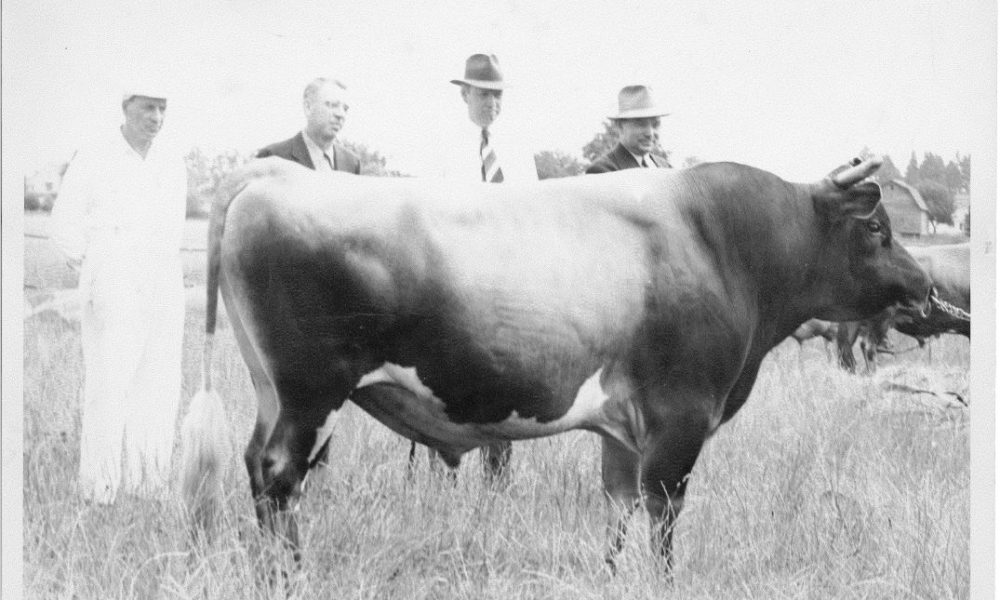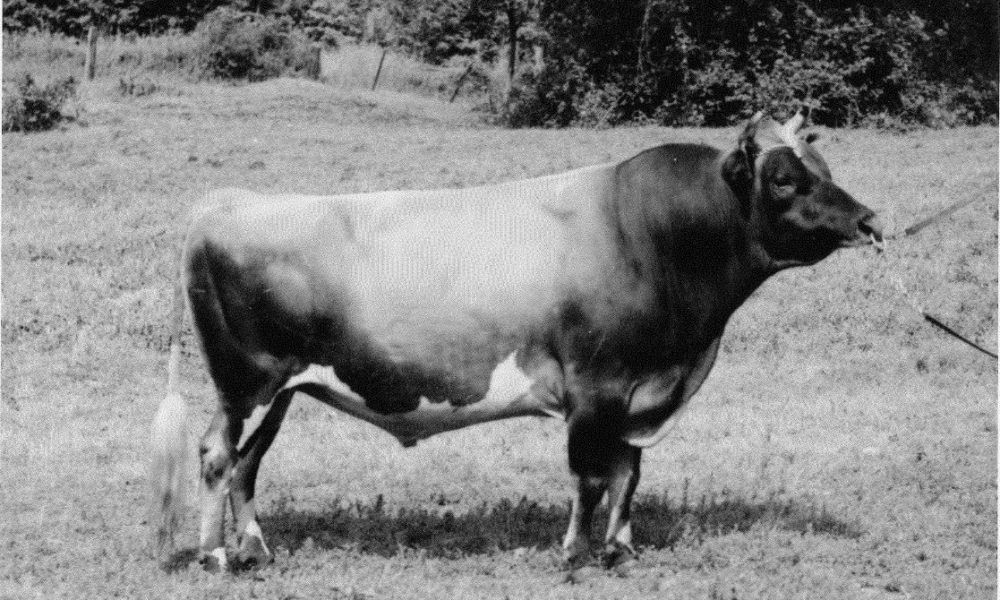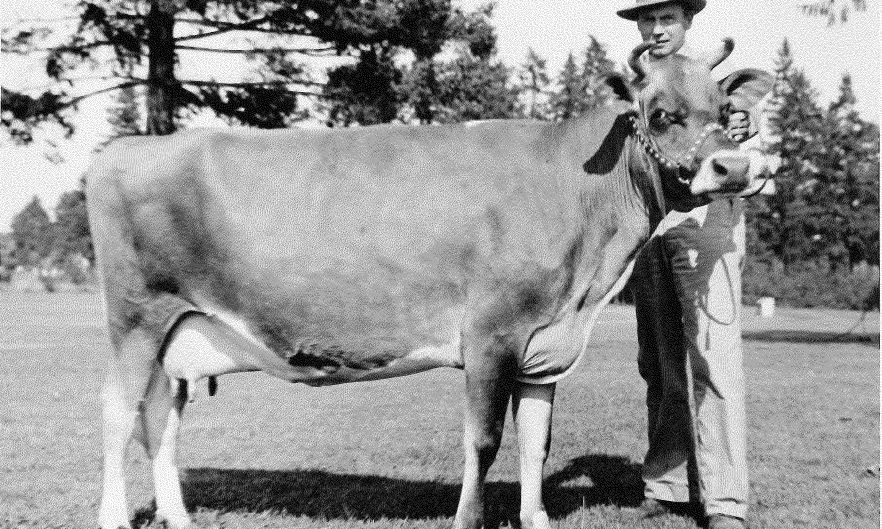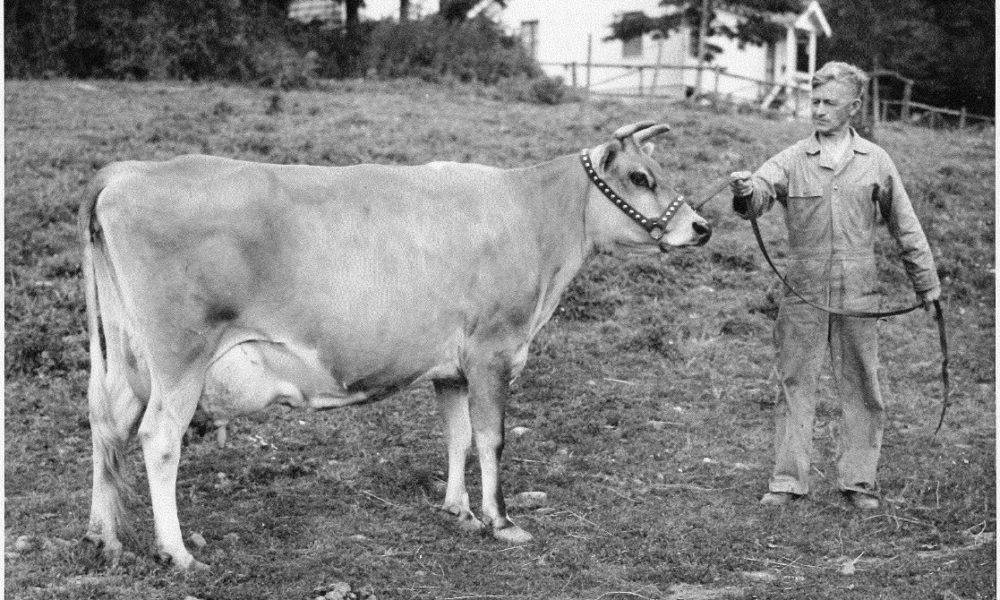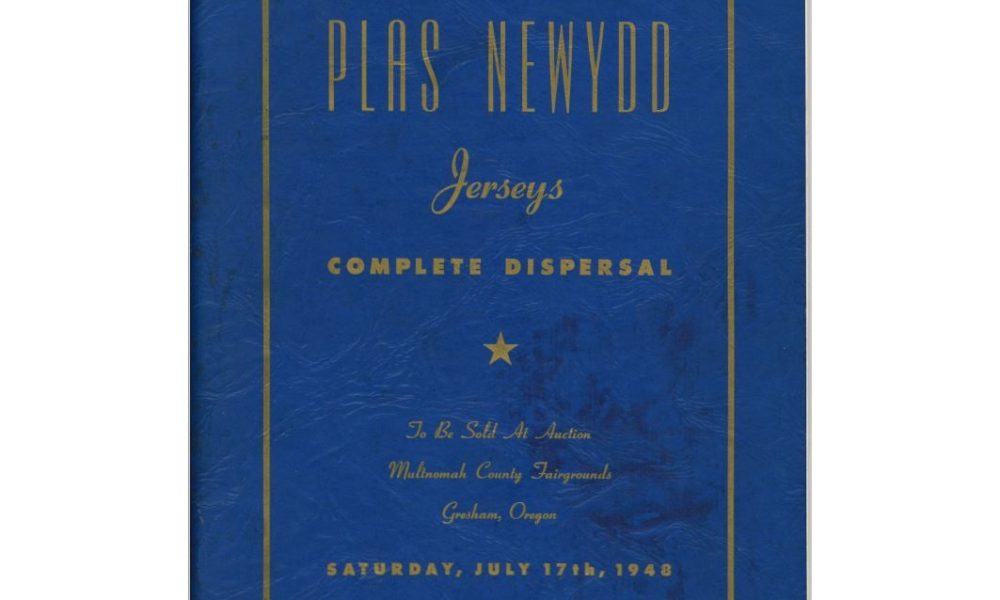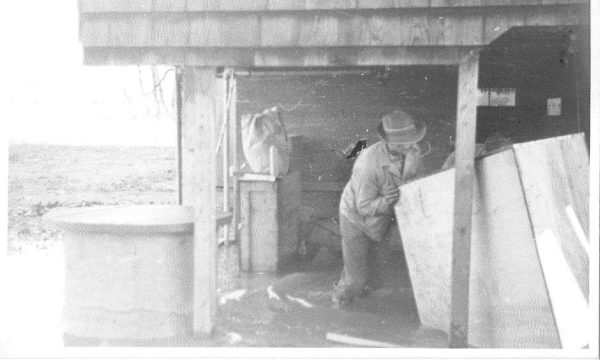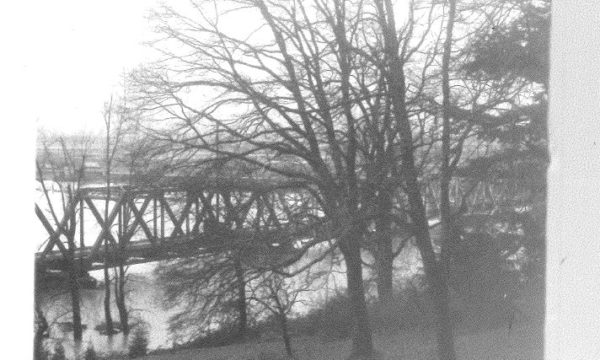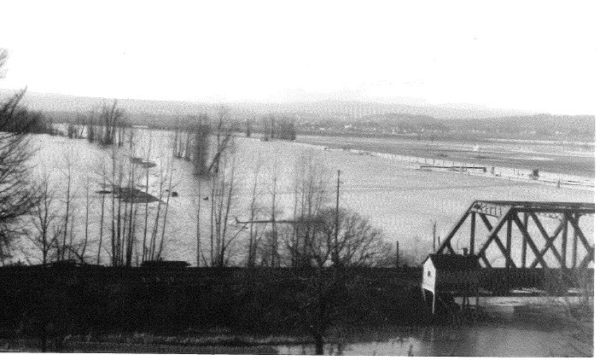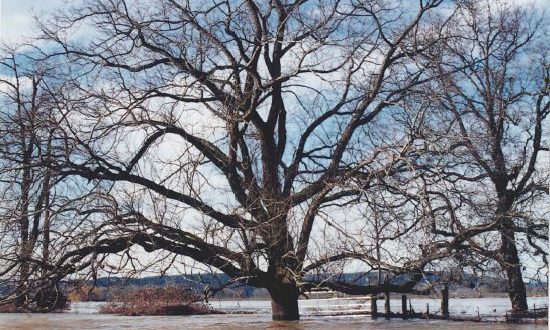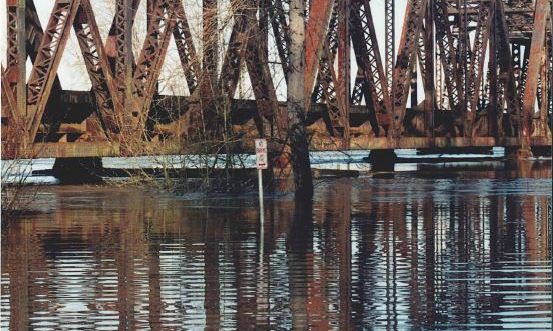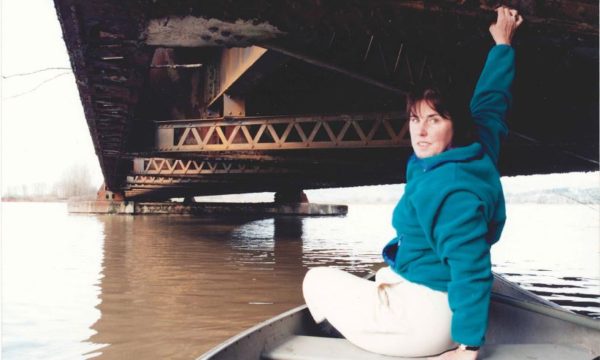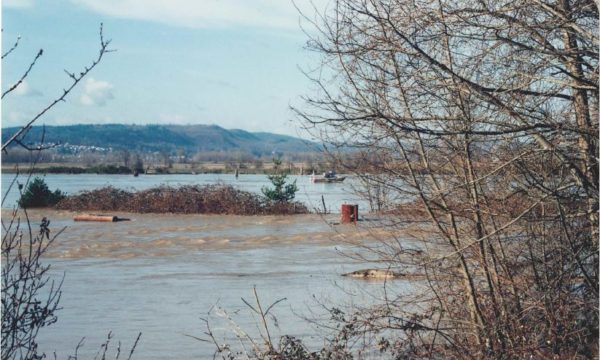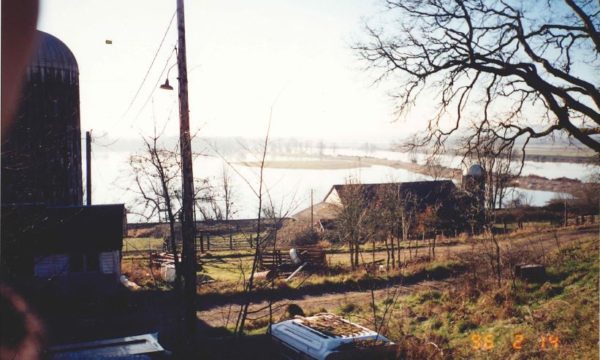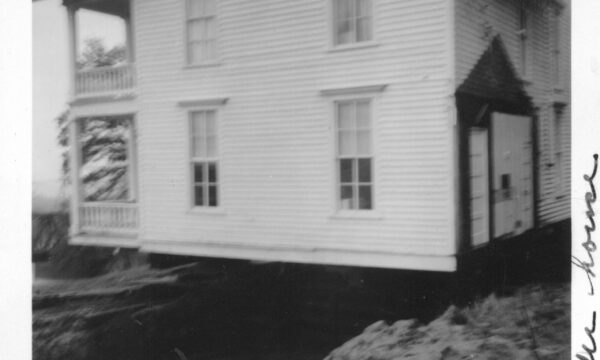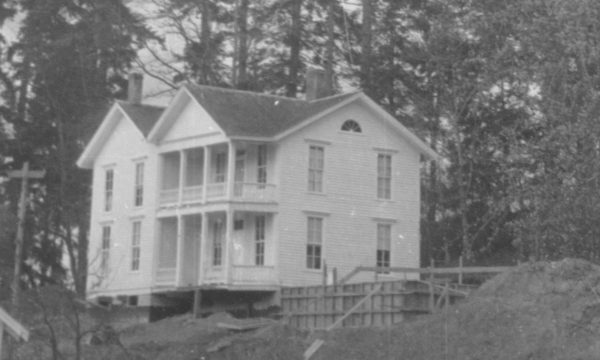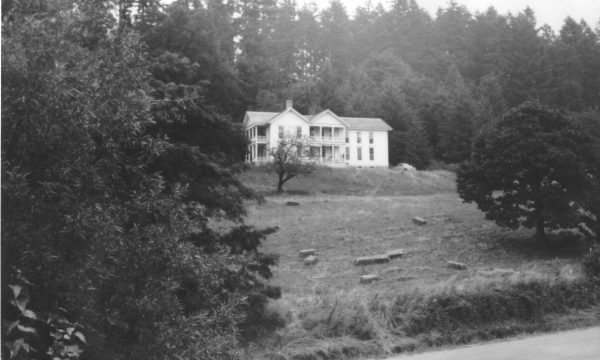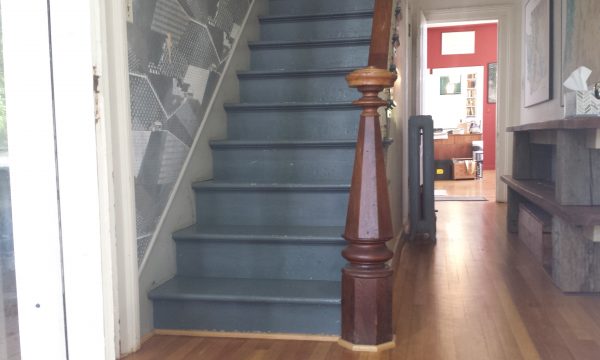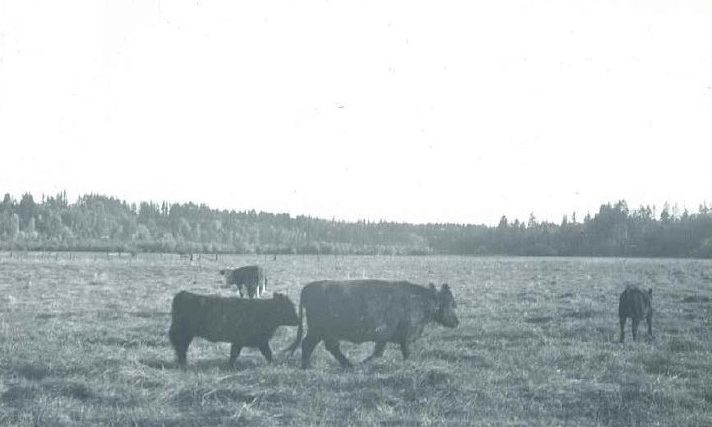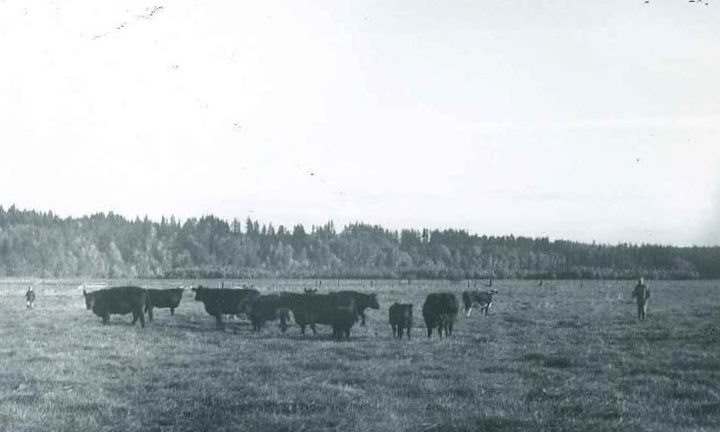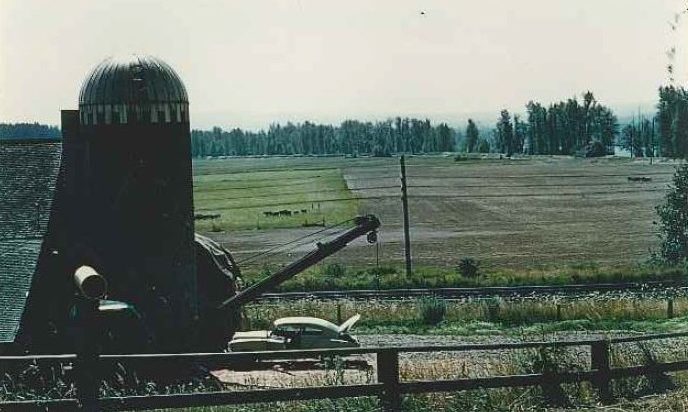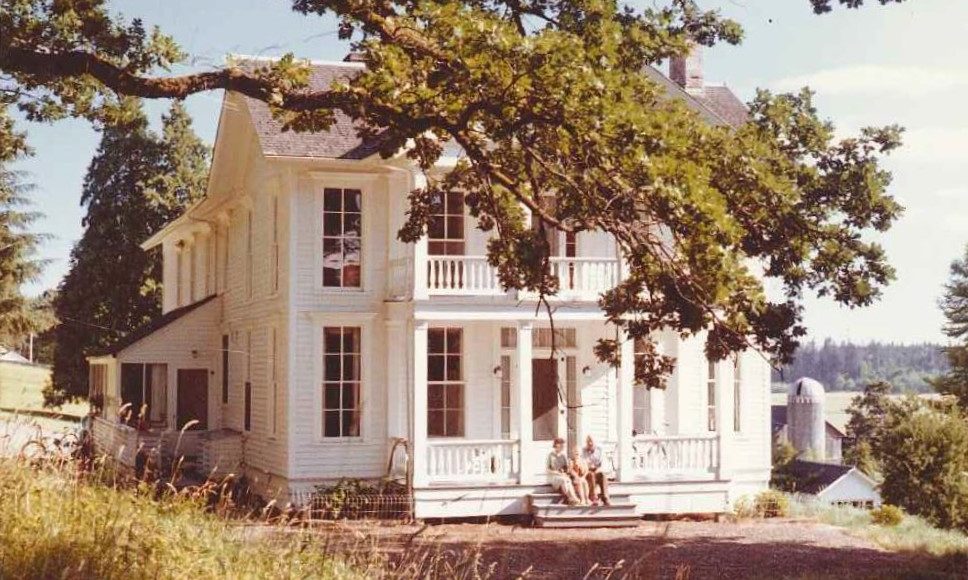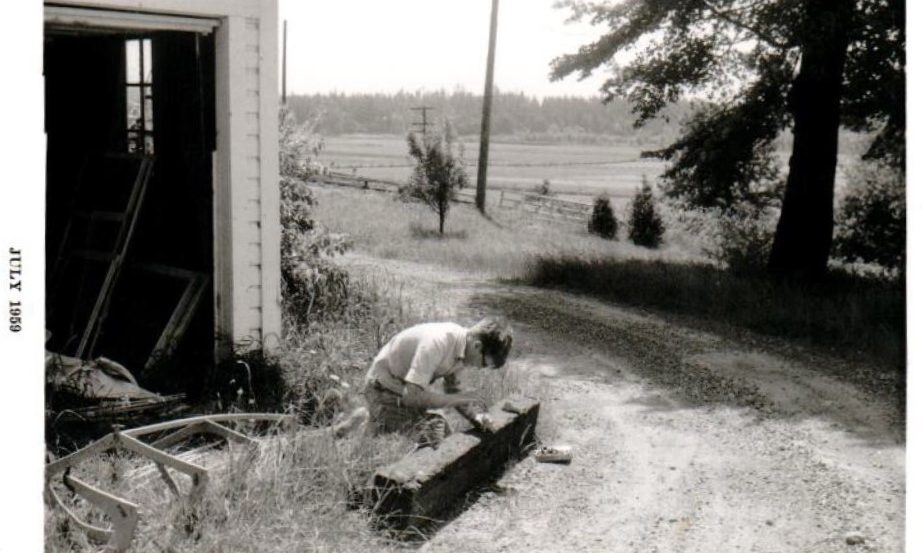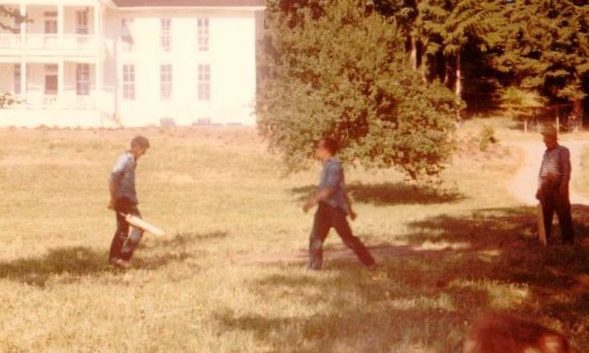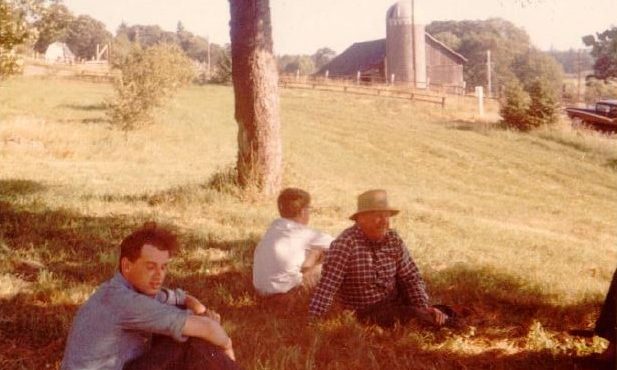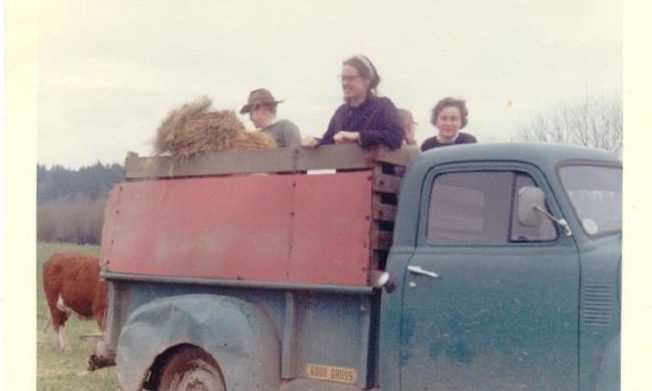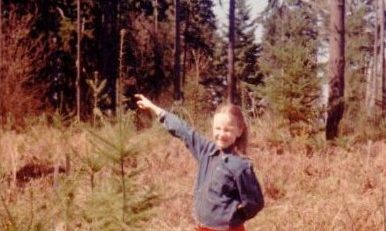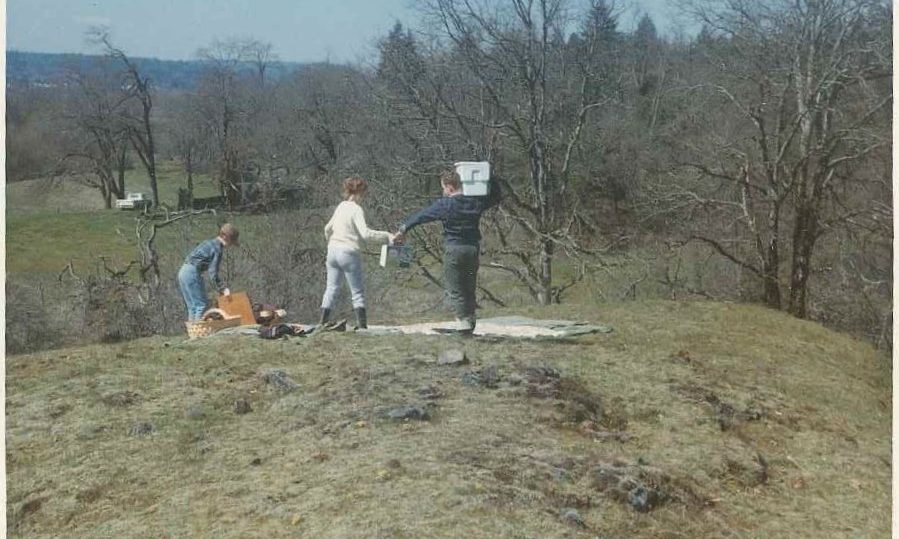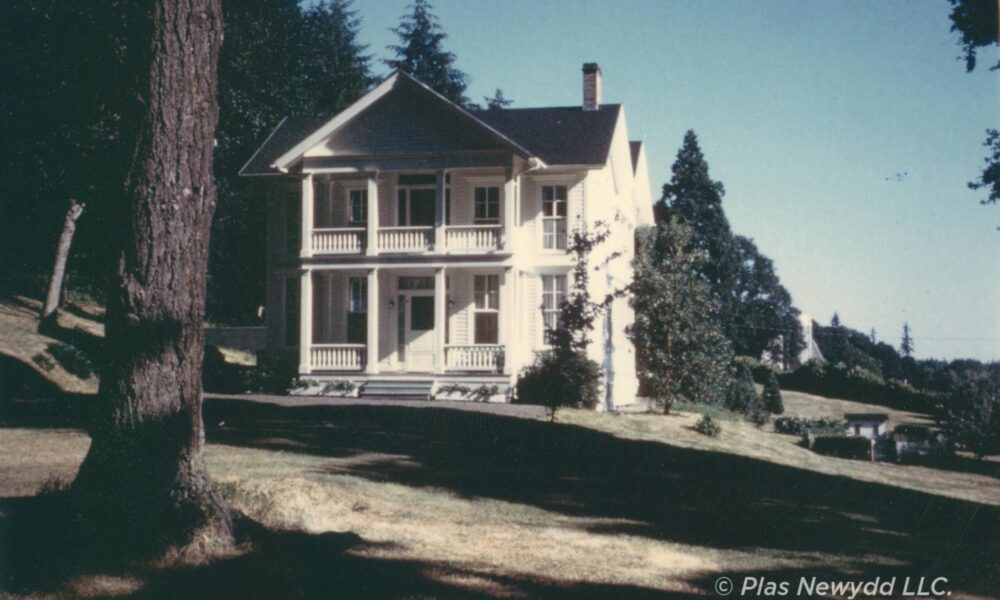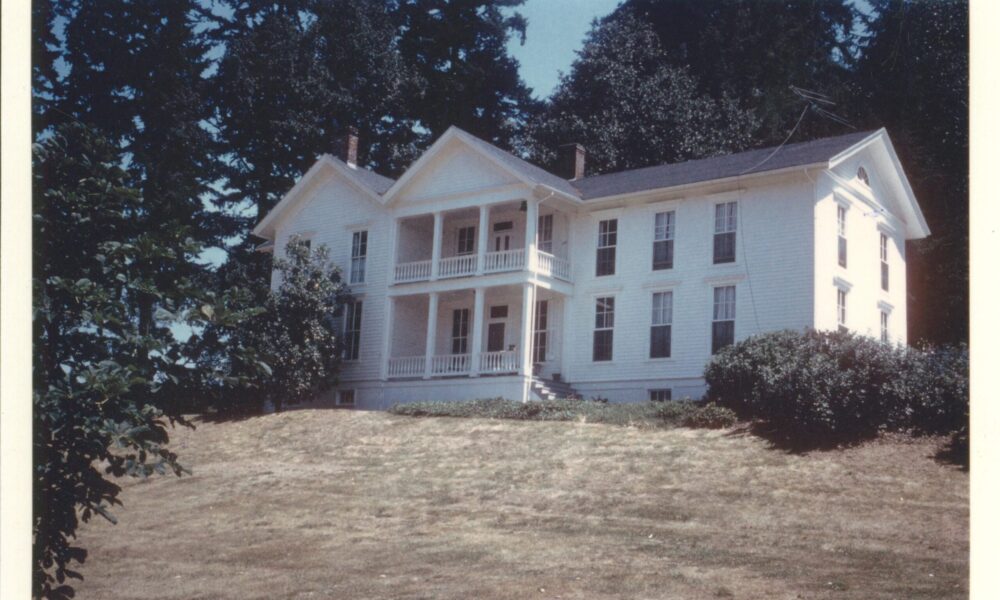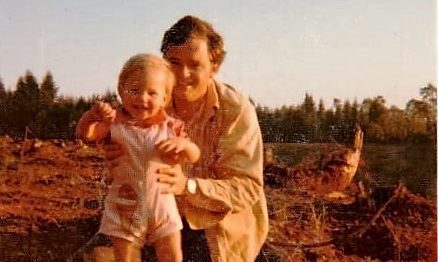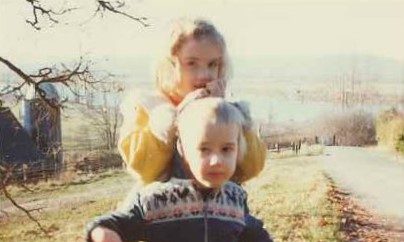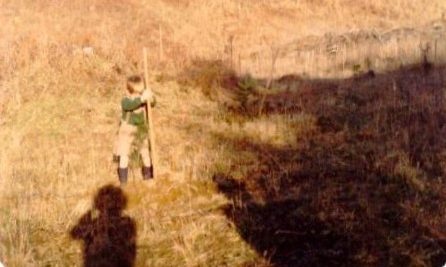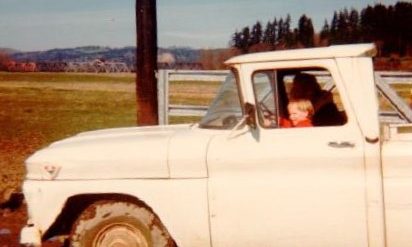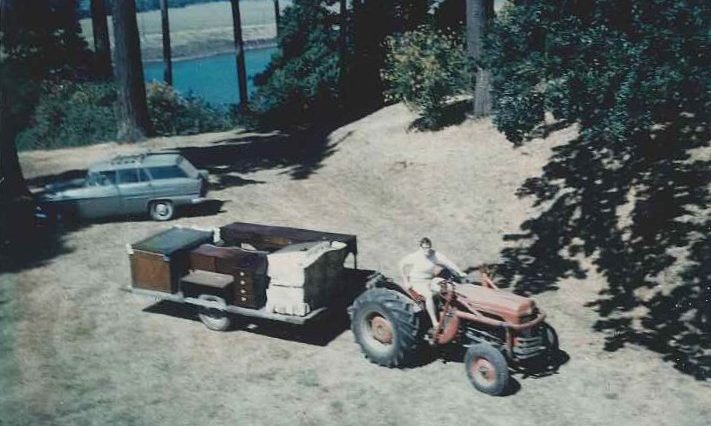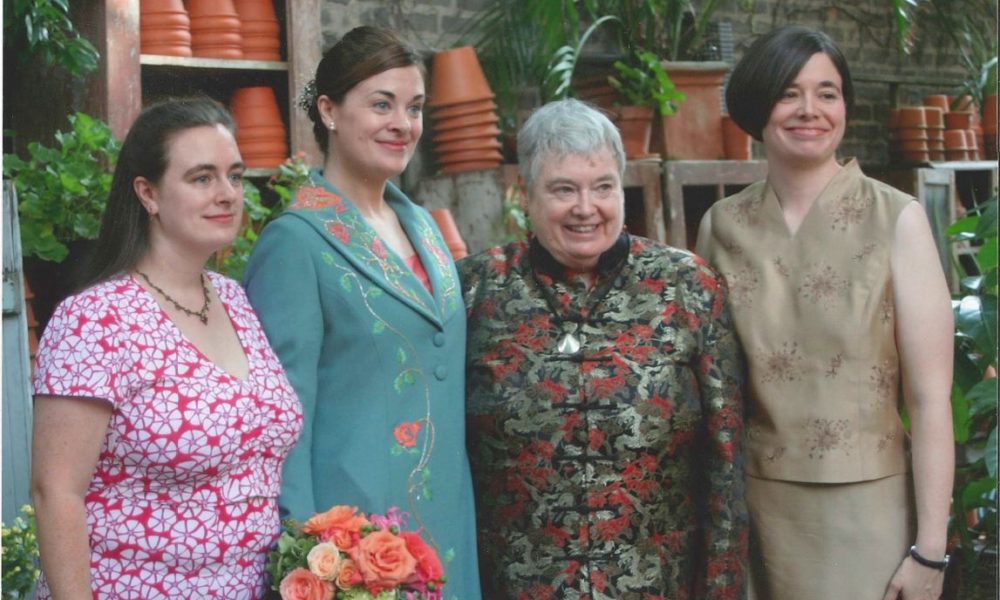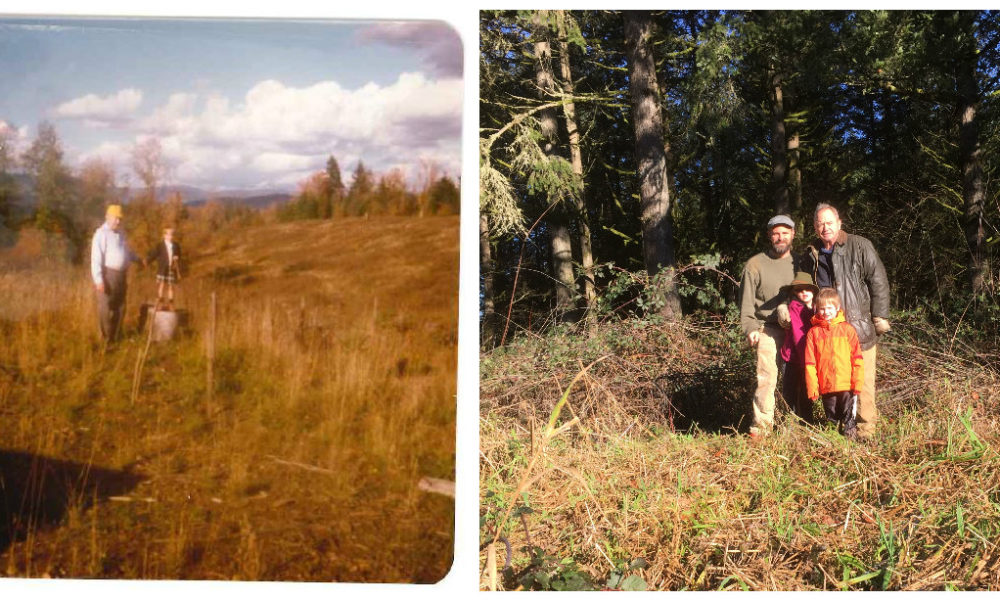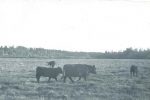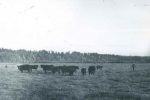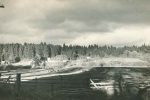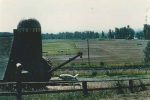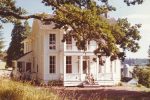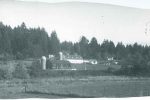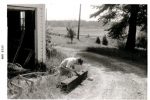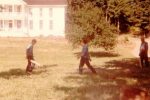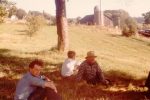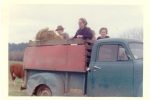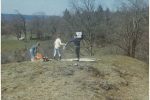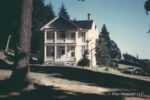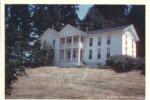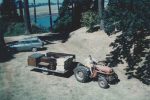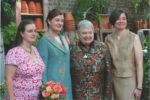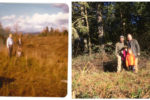
Any discussion of the history of this place must begin with acknowledging the people whose ancestral lands the Plas Newydd Farm inhabits. The City of Ridgefield and surrounding areas within Clark County primarily rest on the traditional village sites of the Chinook and Cowlitz tribes, who cared for these lands for thousands of years prior to the introduction of white settlers. Additionally, countless tribes from across the Pacific Northwest came to this area to trade with one another by using the Columbia River and its adjoining waterways as an intricate network of trade routes.
For millennia, these Indigenous communities thrived while maintaining a balanced, sustainable relationship with the natural world. These values were passed down from generation to generation and are still practiced by these indigenous groups today. We pay our respects to these peoples, both past and present, through our efforts to protect and honor the last legacies of the great natural areas that once dominated this region.
We recognize Indigenous people as traditional stewards of this land and acknowledge the enduring relationship between the land and the people since time immemorial. We also acknowledge the history of colonization, genocide, oppression, displacement, and suffering that has been inflicted on Indigenous people in Washington. We also recognize that the general population continues to benefit from the use and occupation of these lands. We commit to learn, build relationships, and take action to support Indigenous sovereignty, priorities, and actions.
The Columbia Lancaster House
The Columbia Lancaster House is well-deserving of its 1975 nomination for the National Register of Historic Places and is historically significant for three reasons. First, no other major architectural works remain from this period in Clark County. Second, it is the oldest frame mansion in the state, which was built approximately 1850-1855, primarily of native materials derived from the property. And third, it was home to Columbia Lancaster, the first Congressional delegate for the new Washington Territory in 1854, and is one of the few surviving buildings to have been associated specifically with a personage important to Washington Territory’s early political history.
The Original Owners: Judge Columbia and Rosannah Lancaster
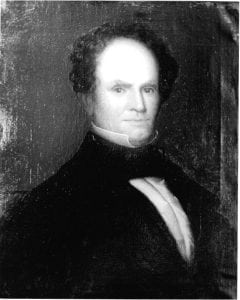
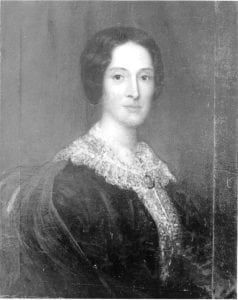
Columbia Lancaster was born in New Milford, Connecticut in 1803. He was christened Thomas by his parents, but they changed his name to Columbia in honor of the Lewis and Clark expedition and the river they explored during their historic journey from Missouri to the Pacific Northwest. Lancaster studied and later practiced law in Ohio and Michigan. He married Rosannah Jones in 1837, and in 1842 they attempted to move to the West, but because of the death of their daughter and the illness of Mrs. Lancaster they abandoned the move and returned to Michigan and did not attempt the move again until the spring of 1847. For this move, Lancaster was in command of the 84 wagons in the wagon train by way of the Oregon Trail. They arrived in Oregon City in September of that same year and took up residence there. Lancaster was appointed Chief Justice of the Oregon Territory within two months of their arrival. When the word spread of the discovery of gold in California in 1848, Lancaster left to try his luck at panning gold. He quickly realized the real money was to be had in legal fees miners paid him to stake, validate, or defend their claims. Evidently, Columbia came home a wealthy man. Meanwhile back in Oregon City, Rosannah Lancaster proved to be an excellent nurse, well-respected and confident business woman, and had excellent relations with the Native Americans. During this time, the local tribes were rapidly dying from diseases brought to the area with settlers, including influenza, measles, malaria, and more. Mrs. Lancaster, who was familiar with the diseases, would help the mothers save some of the children who had fallen ill. It was a tumultuous time between the settlers and the Native Americans. At one point, Rosannah got a tip that trouble was coming and fled with her family to safety across the Lewis River. In 1850 Congress passed the Donation Land Claim Act in an effort to stimulate settlement north of the Columbia River. Columbia Lancaster was the first person to claim land under this law, acquiring 640 acres because he was married (single men were entitled to 320 acres per claim). The Lancasters first built a small house on the outskirts of the property, and later between 1850 to 1855 they built their mansion which still stands today.
Columbia Lancaster was often away from the farm with his government or legal duties. This meant that Rosannah had to run the farm much of the time by herself. One time when Columbia Lancaster had been away for quite some time and was looking rough, he pretended to be a poor vagrant asking for food when he came to the door. Supposedly Rosannah gave him a sharp look and said “Since when, Columbia Lancaster, have you had to ask to enter your own front door.”
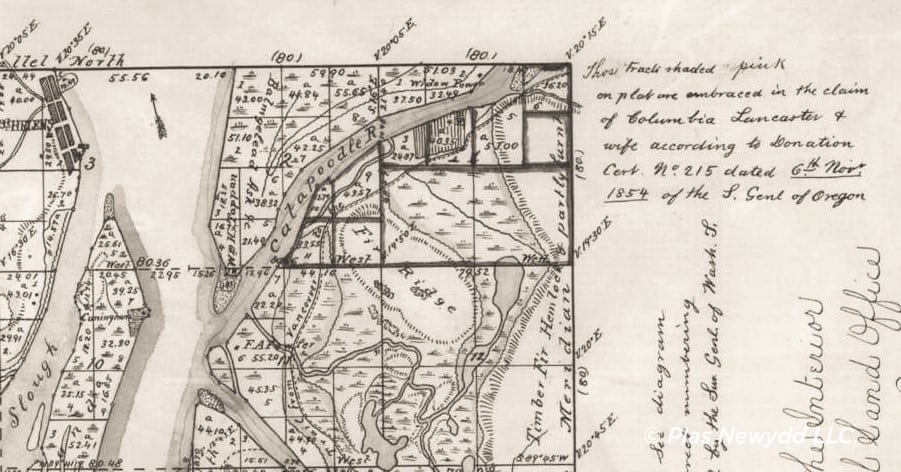 Portion of the 1854 Plat map showing the Lancaster and Fowler land claims.
Portion of the 1854 Plat map showing the Lancaster and Fowler land claims.
The two-story frame house was built in the Greek Revival style, an idea Lancaster had obtained from the national capitol buildings. It was built almost directly on the south bank of the Lewis River. The Lancasters farmed the land and raised and sold cattle until 1883 when they sold the property and moved to Vancouver, Washington because of Columbia’s failing health where they lived until his death ten years later.

Judge Columbia and Rosannah Lancaster’s signatures on an 1877 document
Lindsley Grange
The next owner of the Lancaster house was Aaron Lindsley, a Portland Presbyterian minister and Pacific Northwest missionary who lived in the house and also held church retreats there. He also built up a large dairy herd, supposedly the largest in the Washington Territory, and lived there until approximately 1910. The property then seems to have been divided up among members of the Lindsley family who then sold their shares to different parties. At this time, property records become confusing but there are some records that indicate Otto Rasmusson bought the farm from Aaron’s son, A.A. Lindsley. Rasmusson then sold out to A. Putnam and Theo Rasmusson. The next available record shows that the Woodland Bank came into possession of the property through C.C. and Jennie Alford. After that, a woman named Julia Gilbert sold the house to Lettie Tooze. Tooze then sold it to Alice Wineman who later sold it back to Tooze. This all happened in a span of seven years and then in about 1917 it was placed in the hands of the Clark County Sheriff to sell.
Neglect and Disrepair
During World War I and through the Great Depression, the house was not lived in. The fireplaces were boarded up and the doors locked, but the transients from the passing freight trains broke in to camp in the house. There is evidence on the floors and walls that suggests they made cooking fires on the oak floors.
Starting in 1932 and for nearly a decade, the house was mostly vacant and changed ownership many times. The property was leased to third parties and used for cattle farming, and fell into bad shape with the hard times in the country. The house was in bad need of repairs, but little was done during this time to renovate it. World War II had started in 1939 and Pearl Harbor exploded in December 1941. Despite this turmoil, on November 14, 1941, Aubrey and Constance Morgan, the grandparents of the current Managing Partner, David Morgan, bought two struggling farms from Armstrong and Eckert. These two farms include most of the Columbia Lancaster DLC. They named the combined farm Plas Newydd, or “New Place” in Welsh.
The Morgan Legacy
Between 1941 and 1960, the Morgans would come to purchase the full Plas Newydd property in pieces, reconnecting three Oregon Territory DLCs. The Morgans learned of the farm’s existence through Richard Griffith, a friend who wanted to acquire prime duck-hunting land on the wet northern portion of the Fowler Donation Land Claim (DLC), (in what is now the southwest portion of Plas Newydd), which he purchased. He desired the luxury of seasonal duck hunting without the continuous management responsibilities. The Morgans agreed to manage this land, in addition to buying the northern portion in the Lancaster DLC. The Morgans purchased this land outright from Griffith in 1953. By 1960 the Farm included most of three Oregon Territory Donation Land Claims: Fowler, Ginder, and Lancaster.
From 1941 to 1948, the Morgans ran an extremely well-respected and successful commercial dairy. In 1945, Aubrey discovered that it was possible to get purebred Jersey Cattle out of the British Channel Islands and relocate them to Plas Newydd. There was a wartime market for milk, and they had the acreage and volume to support a successful venture. During this period, Plas Newydd produced many award winning cows including the 1948 World Champion Cow, Brampton Lea Zana.
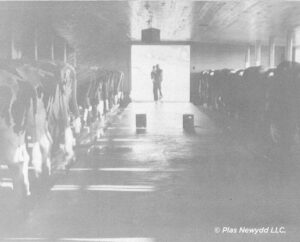
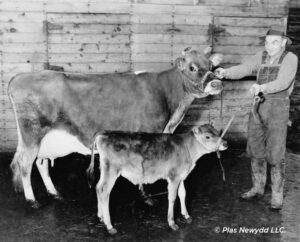
In the spring of 1948, the “Vanport” Columbia River flood, which was a 100-year flood event, inundated all of Plas Newydd up to the 30 foot profile. The once rich dairy pasture was destroyed and the prize-winning herd was sold in July in a dispersal sale. It would take 3 years to repair the damage from the 1948 flood, even with presence of government-assistance programs aimed to help reestablish agricultural areas and fields destroyed in the flood. Floods have had a great impact on the land since the Morgan Family became landowners, with major flood events having occurred in 1947, 1948, 1956, 1964, and 1996.
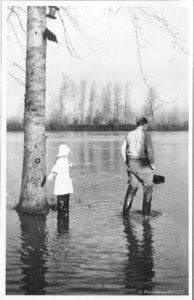
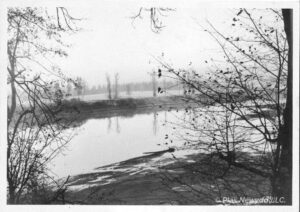 Left: Saran Niel Morgan and her father, Aubrey, standing on the flooded dike in the 1946 flood; Above: Fall low water on the Lewis River 1947/48 shown from the same dike
Left: Saran Niel Morgan and her father, Aubrey, standing on the flooded dike in the 1946 flood; Above: Fall low water on the Lewis River 1947/48 shown from the same dike
After the pastures were reestablished from the 1948 flood, they took a different approach around 1953, and a purebred Aberdeen Angus herd was introduced to Plas Newydd. These beef cattle adapted well to the terrain which was quite similar to Scotland. For five years, the Morgans built up the herd and in 1958, they sold the bull calves to raise the funds needed to invest in rehabilitating forest stands.
A forestry restoration map was completed around 1947/48 at which point the Morgans began the forestry management program at Plas Newydd. There was a storm in 1956 that blew down much of the restored timber, and they had to start again. With success, they built up the stands over the course of the next several years. By 1960, the forest stands were restored and active forestry management continued.
Since the early 1980s, Plas Newydd Farm has been a Certified American Tree Farm (and was awarded a Life Member Award by the American Forestry Association), and has been restoring and replanting its resources using a highly diverse species mix to better match historical species variety. Learn More
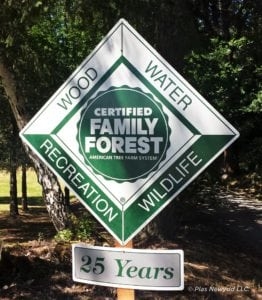
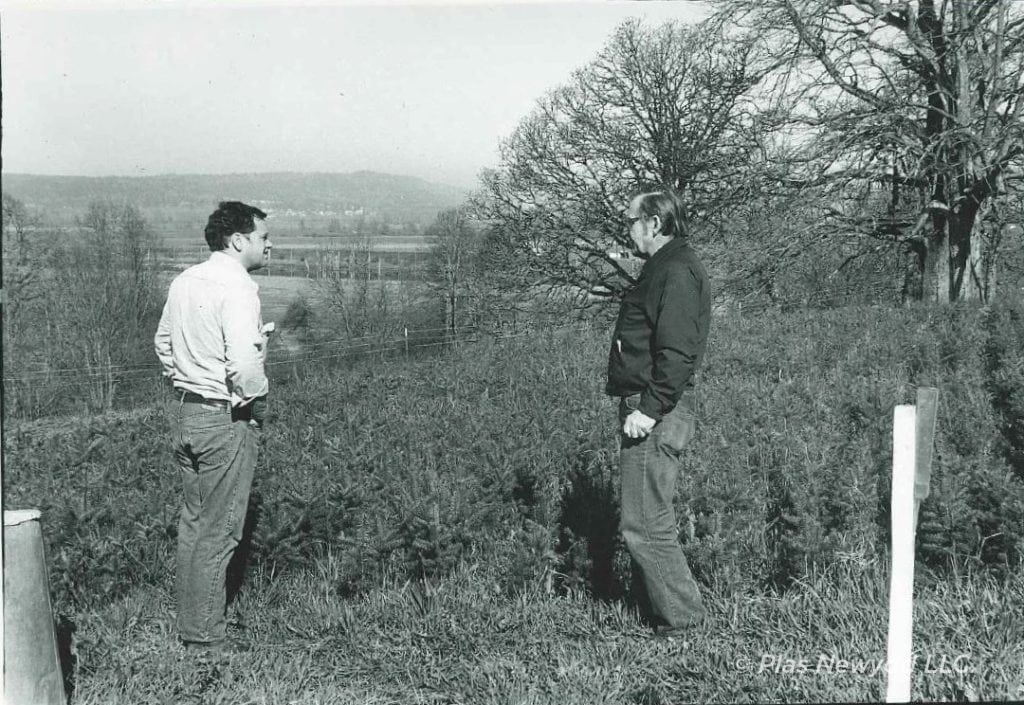
Rhidian Morgan and the late Henry E Deyo, Consulting Forester, reviewing the temporary farm forestry nursery in order to grow Douglas Fir 2:1 seedlings to accelerate reforestation, 1967
In 1941 when the Morgans gained ownership of the Lancaster House, it was in need of major repairs, but the war made any major work impossible. From 1946 to 1948, the house was patched a bit but remained in poor condition. From 1952 to 1953, the Morgans hired John Yeon, a Portland architect, to attempt a renovation. They decided on three major changes. First, the house would be moved 100 yards east of its original site so the noise of the railroad would not be so bothersome and so the pre-railroad view would be restored. Second, since the original house had no real foundation (it was only supported by boulders), it was decided to dig a basement and build a solid foundation on the new site to help preserve the life of the structure. Third, to provide space for both growing children and a large collection of books, a library was added onto the south end of the house in exactly the same style as the older portion. In addition to these changes, lattice work over the foundation was replaced with siding, the house was re-plastered, the floors refinished, and the fireplaces repaired. It took about 10 days to setup for the move and less than an hour to actually move it up the hill using wheels and jacks. According to Aubrey Morgan, after the house was moved onto its new foundation, the first floor ‘bounced’ when it was walked on. He had new vertical pillars put into the basement to support the floor and remedy the situation. In addition to these repairs, the historically-significant newel post that adorns the staircase banister was also returned to the house. The newel post is significant in that it, along with other circular wood adornments, came around Cape Horn where they had a turning lathe. Because Mr. and Mrs. Morgan took such care with the restoration and alterations and every effort was made to maintain the historic quality of the house, anyone looking at the house as it is today would not be able to tell that the library addition or any other changes were not a part of the original structure.
Rhidian Morgan, Aubrey’s son, managed Plas Newydd from approximately 1970 to 2005. He worked on the farm as a kid before going on to college and then law school to further his education. Rhidian returned back to the farm with his law degree to manage the farm and forestry practices of Plas Newydd and helped to get operations back on track. During this time, he lived in Portland, Oregon with his wife and 2 kids and commuted north to Ridgefield every day. One of his sons, David Morgan, would eventually come to manage Plas Newydd as it evolved to the current era of conservation. David attended college and thrived in the field of electrical engineering and high-tech manufacturing for several years until he was approached by Rhidian to come work for the farm. Rhidian had started to consider the possibility of creating a mitigation bank and restoring the land to its natural condition. He felt that David, as Managing Partner of the venture, could bring this vision to fruition. David was indeed up for the challenge and accepted the opportunity. Rhidian and David worked for several years together and as the project grew, the team needed to grow too. In 2013, David brought on Kelley Jorgensen as the Conservation Program Manager to spearhead this endeavor. Together, along with the growing Conservation Program Team, they continue to build the Program up for success.
Many members of the Morgan Family have been involved in the life of Plas Newydd over many years. You cannot fully understand until you visit; but there is something quite special about this place. It is a place of preservation of unique heritage and restoration of habitat that will last in perpetuity. A new place. Plas Newydd.

